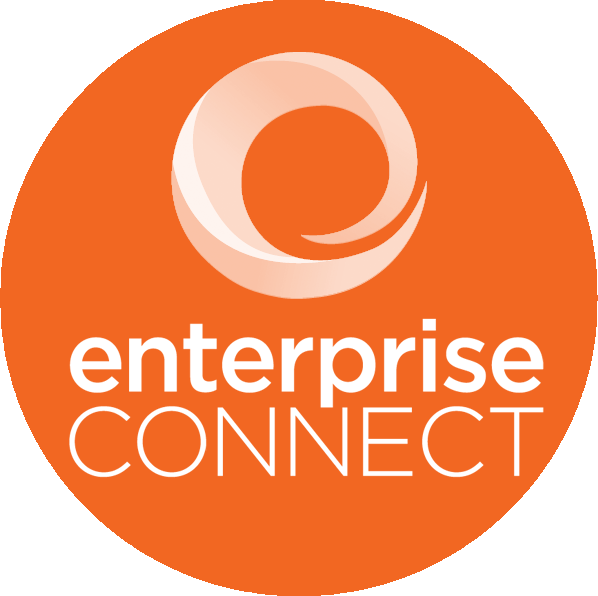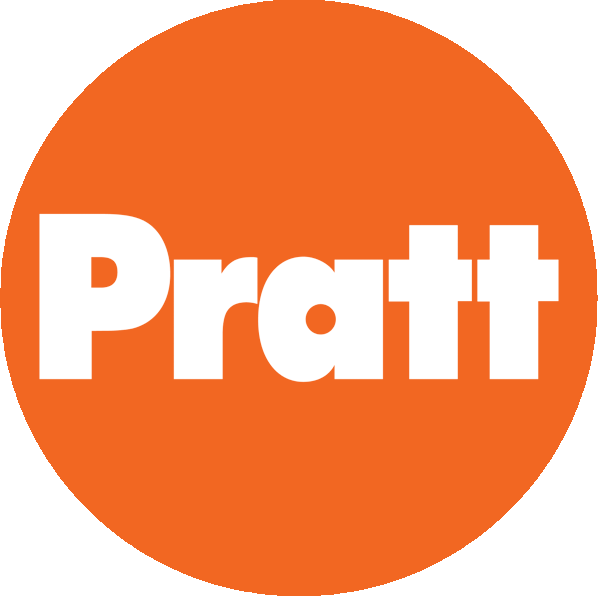The future of cities starts now
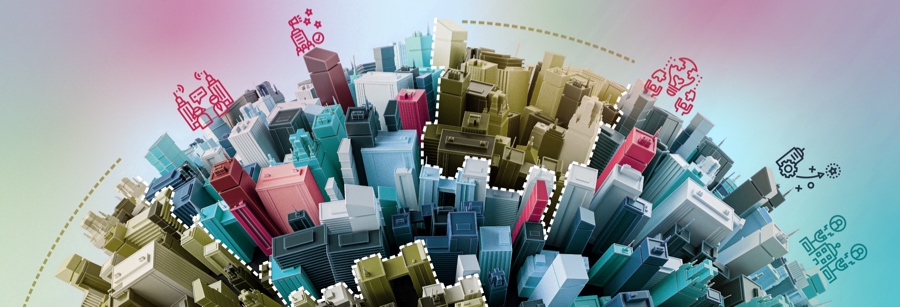
It's time to think outside the office
Everyone is worried about our cities and their empty commercial space, but much of the conversation is still centered around “returning to the office.” We do need to save our cities, but forcing workers back to the office is not the way to do it. Let’s start looking forward, rather than trying to find a way back. We explore this idea in On Our Minds.
On our minds
It’s been dubbed the “urban doom loop.” Back-to-office has stalled, and in January we hit a new urban office vacancy record of nearly 20 percent — the highest since 1979. In New York alone, that looks like 95-million-square-feet of empty commercial real estate, or the equivalent of 30 Empire State Buildings. Expert predictions are dire. Some companies are cutting their losses, spending hundreds of millions to buy their way out of leases. The buildings that make up the bulk of many regional and mid-sized bank portfolios are suddenly worth much less, which puts these banks in danger of failing. Cities are collecting less tax revenue from these now empty commercial spaces, which may eventually lead to a reduction of services and a mass exodus from our nation's biggest cities — a trend that began during the height of Covid and hasn’t stopped. Meanwhile, the nationwide conversation still seems to be focused on “returning to office.” From CEOs to real estate leaders, many are unwilling to accept that we are never “returning to office” in the kind of way that fills up single-tenant buildings. Work-from-home is too popular and frankly, too liberating. Not to mention, most of our buildings were under-occupied long before March 2020.
Denial is paralyzing. It prevents action and solutions. But PLASTARC’s current motto is “Go Boldly into 2024.” Let’s change the conversation and start planning a different future. One solution that has seen some media-hype is converting commercial to residential spaces. This is necessary and should be widely supported, even publicly subsidized. Cities that are only occupied part-time are not vibrant or viable. We need housing, schools, recreation facilities — all the things that attract people to neighborhoods anywhere — and there’s no reason why some of this commercial space can’t be repurposed, encouraging former urban commuters to become urban dwellers.
However, this is an expensive, long-term solution that faces zoning and building technology challenges. It won’t be an immediate solution for all of these spaces. Density makes a city rich, and optimal density includes both commuters and residents. But what if we expand and reframe our notion of “commuters?” To reiterate, most of us are not going to return to commuting five days a week—a formula that, frankly, left many of our central business districts deserted after 6PM and on weekends. Many of us are happy to commute occasionally, to a conference, for an important client meeting, or for hands-on teamwork. There are valid reasons to work from a commercial space; it’s just that much of our work doesn’t require these types of spaces every day.
Nobody goes to the opera, the mall, the spa, or their place of worship every day. People go as needed or for a specific event. We go because we’re getting something from the experience that we can’t get from staying home. We don’t expect our favorite table to be reserved solely for us, to be available anytime we want to pop into a restaurant without notice. Why do we expect a desk that’s unoccupied ninety-percent of the time to be waiting, untouched and available, whenever we stop by the office? People’s lives—and travels—look slightly different every day, as do our work responsibilities. Why, then, do we expect people to go to the same office every day, even when their work duties (and work-life balance) are better suited to non-centralized workspaces? What if we think of commercial real estate in the same way that we think of hospitality space? What if the sharing economy finally makes an impression in corporate real estate?
We’ve talked for a while about how much the hybrid working model can borrow from the hospitality industry, and now we’re saying it again. Let’s think of our commercial space as a sort of “corporate hotel” — mixed use and multi-tenant. Let’s fill up corporate spaces daily, but let’s fill them with different people. Let’s use our commercial spaces for retreats, events, and team projects. Instead of a commercial building housing 1,000 people from the same company each day, maybe it houses 100 people from ten companies. Maybe two companies share a floor and split the weekdays — one company has the floor Tuesday and Thursdays, and the other has it Mondays, Wednesdays and Fridays. Let’s use Activity Based Working and other planning approaches to switch our focus from counting “numbers of desks” to viewing a building as a holistic entity that can serve different subsets on a day-to-day basis.
Revivifying our cities isn’t a one-size-fits-all situation and certainly not if that “one size” solution everyone is focusing on is forcing a return to office. We need to cut and convert commercial space, but we also need to rethink the purpose of offices. More than optimizing the space, we need to optimize the work. Work that’s suited for home should be done at home, and work that’s suited for collective spaces should be performed in centralized settings (once called offices).
Workers will (and want to) come back to the cities — just not the same workers, everyday. And, if we have more affordable housing and living amenities in our central business districts, some of those workers will actually come back to the cities to live, not just to work. We have an opportunity to create a new urban model, with spaces that better serve us all, if we seek bold solutions and give up on returning to a past that we all know was not that enjoyable, sustainable or equitable.
From the archives
Last February we were thinking about how data can effectively usher us into the hybrid workplace. In 2022, we focused on the importance of mental health in the workplace. A couple months into 2021, we were talking about making the distributed work environment better, with a focus on growing community remotely and prioritizing people, diversity, and of course, mental health. In February of 2020, we were talking about “habits” versus “resolutions” and how intentional work practices and design can nudge people towards health.
In the overall spirit of real estate ridiculousness, we’ll leave you with this Saturday Night Live Zillow spoof. See you next month!
In Case You Missed It
Whether you’ve been overwhelmed by blizzards, Carnival, or cold-and-flu season, it’s easy to miss things. We’ll help you catch up.
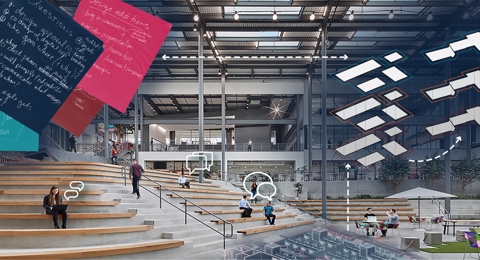
Making Use of a Robust Company Culture
Long before the great pandemic-led shake up in office buildings, Unilever transformed their New Jersey HQ to let in more light, and the surrounding community! PLASTARC supported their change.
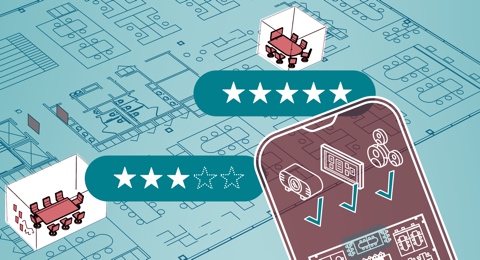
Automating for a Better Work Experience
In PLASTARC’s most recent webinar, we dished on AI – how it's being leveraged to transform the future of workplace operations, from personalized environments to enhanced decision-making.

AI for Office (and Remote) Optimization
How can AI be used to make your workday and your office run more smoothly? PLASTARC founder Melissa Marsh weighs in, with this online conversation on IFMA’s MoshPit.
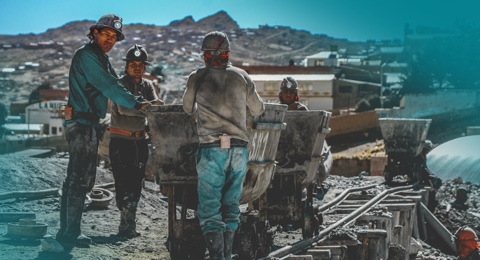
Addressing Forced Labor in the Building Industry
Building supply chains can be fraught with human rights abuse. This recent panel discussion held by AIA Social Science Committee focused on building awareness and fighting for change.
Looking Ahead
What’s happening in your world over the next few weeks? These are some of the events on our radar.






